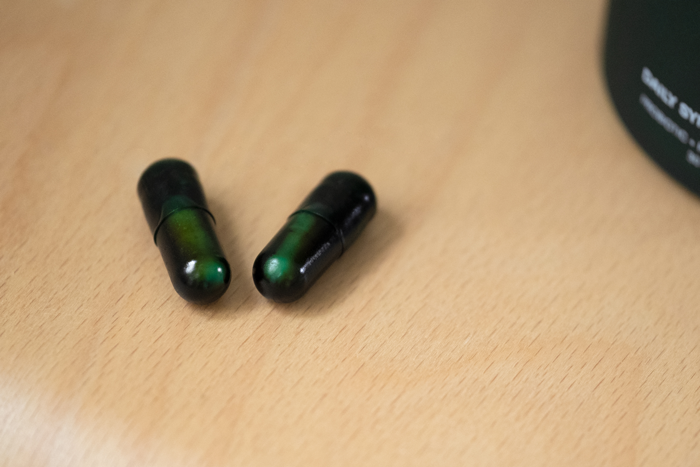
The term “probiotics” might have sounded foreign to you just a few years ago. But, now, you can’t walk through a grocery store or even surf Instagram without seeing a host of products boasting these “good bacteria” and claims about what they can do for you.
To cut through the marketing and get down to the facts, we asked Seed (a company that’s disrupting the probiotics industry with science-backed products), and registered dietitian nutritionists Caitlin Bealeowner and Christina Lombardi to give us the lowdown.
Probiotics can offer a variety of benefits
According to Seed, “Few may be aware that a healthy gut can have profound effects across the whole body – strengthening and supporting everything from your immune system to your cardiovascular system.” Probiotics have been studied extensively to support gut health, with benefits including improvements in digestion (think: bloating, regularity, occasional constipation and traveler’s diarrhea) as well as systemic effects on the skin, heart, cellular, and metabolic health. Seed‘s Daily Synbiotic specifically includes probiotic strains that have been studied and found to directly impact the skin and alleviate dryness, redness and swelling.
Probiotics need to be taken regularly
So how often should you ingest probiotics? “Some research suggests you should take before a meal for optimal survival of the bacteria. Some say at night after you are done eating, before bed,” notes Beale. Because probiotics are transient (meaning they pass through your digestive system), consistency is key for your body to reap all the amazing benefits. Both Beale and Seed note that daily intake is important.
Probiotics and prebiotics go hand-in-hand
“Probiotics are only half the picture,” offers Seed. “There are also compounds called prebiotics that can function in different ways.” Some “feed” the good bacteria in your colon. Others, like those included in Seed’s Daily Synbiotic, can be transformed by your gut bacteria into other important compounds for your health. In Seed’s case, the prebiotic sourced from Indian pomegranate becomes urolithin-A, which has benefits for your metabolic health.
Not all probiotics are created equal
Between the two dietitians, they suggest five key elements of finding the best probiotic for you.
- Strain – Beale explains that different strains can help with different conditions. She says, “If you don’t know what strain is best, or are looking for overall health benefits, then choose a broad multi-strain.” Seed’s Daily Synbiotic contains 24 unique strains, each clinically-studied to deliver their respective benefits.
- Amount – Colony forming units (CFUs) tell us how many of these good bacteria are in the probiotic. However, Seed says that bigger doesn’t equal better, “Rather than be concerned with the overall CFU number, you should ask if each strain is included at its clinically-verified dosage.”
- Purity – “Don’t assume that all probiotics are made the same,” Beale adds. Seed’s Daily Synbiotic has been rigorously developed and tested for stability, purity, efficacy and survivability and exceeds FDA regulations.
- Stability – Lombardi explains that some probiotics guarantee a certain amount and length of potency. This tells you the punch they will pack up until they expire.
- Ingredients – According to Lombardi, some probiotics contain extra ingredients like sugar or lactose. Keep an eye on those if you’re avoiding either.
Don’t rely on “probiotic” foods
Contrary to popular belief, foods like kombucha and yogurt claim to be probiotic but don’t necessarily qualify as one. “Some of the fermented beverages, while a good option as compared to drinking a soda, may not be contributing very much to gut health.”
As always, check with your physician and dietitian before starting a probiotic – especially if you have any existing health conditions.
xx, The FabFitFun Team
Try Seed’s Daily Synbiotic – the next-generation probiotic and prebiotic made by science. Hint: checkout with code FFF30 at seed.com/fabfitfun for 30% off your first month.




